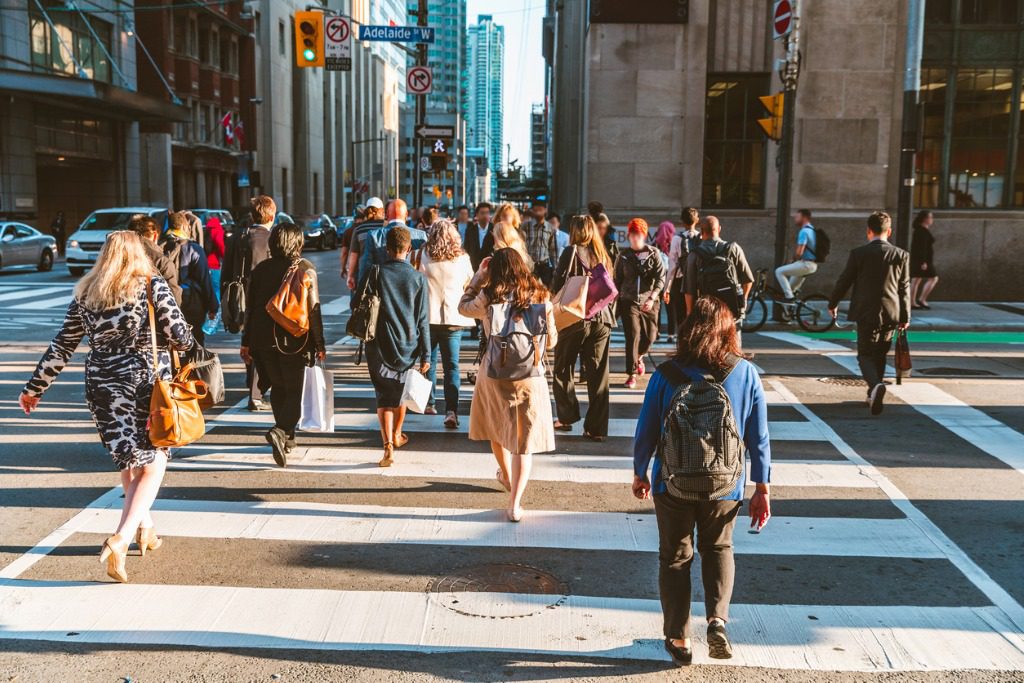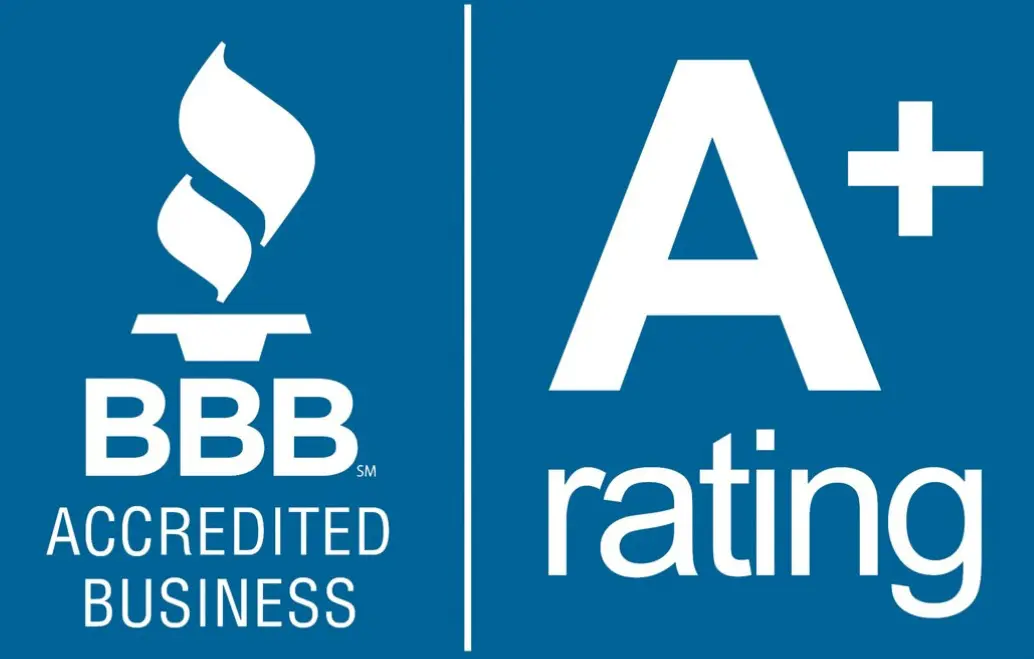Today’s Multigenerational Workforce

The inherent benefits of an age-diverse workforce should not be underestimated. For the first time in history, five generations are working together. Whether it’s the younger generation just embarking on their career or an older worker reentering the work setting after retirement, the diversity of today’s multigenerational workforce is worth embracing. Knowing a little about each generation and their typical workplace characteristics is important. Here are some basics:
Silent Generation [Born 1928-1945]
The Silent Generation, or the Traditionalists, grew up before most modern-day technology. They value hard work, loyalty, and discipline. And even though many in this group may have retired, many others have continued to work into their late 70’s and beyond!
Baby Boomers [Born 1946-1964]
Baby Boomers prefer a more formal, structured workplace environment than younger generations. Like the Silent Generation, they grew up without modern-day technology, which could be a disadvantage if they are not purposeful in keeping up with technology. Because of their years in the workplace, they enjoy sharing their knowledge and want to be recognized for their hard work and loyalty.
Gen X [Born 1965-1980]
For Gen X workers, family is often a top priority. Health coverage, flexible hours, and jobs that offer a good work/family life balance are what draw Gen Xers in. Independence, flexibility, and plenty of space in their workplace are important.
Millennials [Born 1981-1996]
Millennials often feel stuck between how things used to be and how they are shifting today. They’re the first tech-savvy generation that isn’t afraid to question employer’s challenging demands. Remote work, flexible schedules, and increased workplace benefits are important to them. Millennials are all about being rewarded and looked at for their results, not for how many hours they clock in.
Gen Z [Born 1997-2012]
Gen Z places even more emphasis on working for a greater purpose. Making the world (and the workforce) a better place is typically an important goal. Growth and great employee benefits and opportunities are valued highly by Gen Z. They would rather work at a job that offers meaning and community than stay at a toxic company just for great pay.
The Advantages of a Multigenerational Workplace
Many people view this multigenerational change in the workforce as a challenge. Some are even worried about connecting and communicating with their older or younger coworkers. But by working together, every generation can learn more, show their strengths, and build their skills. Here are some highlights of having an age-diverse workplace:
- Each generation has its own strengths and weaknesses which provides the opportunity for knowledge-sharing. Employees can learn from each other, adapt new skills, and exchange new ideas, leading to unlimited growth.
- Performance and productivity can be enhanced. It’s proven that age diversity positively influences a group involved in complex decision-making tasks. According to studies, performance and productivity improve in mixed-age work teams. You don’t argue with science, right?
- Each generation has a different perspective, which can enhance problem-solving and decision-making. Working with a team of people with different life experiences can introduce different creative solutions otherwise untapped.
- On a personal level, having supervised a multigenerational team of human resources professionals, a more diverse workplace helps to open your eyes allowing you to learn more about what makes each person unique. It’s an easy opportunity to leverage the strengths of each individual by making the connection between their role, interests, and talents.
Do you need guidance to help your age-diverse team reach its maximum productivity level? Contact Cisso Bean & Dutch today! We’re happy to help answer any questions you may have.

